Storms
For generations, Down East communities have faced hurricanes, tropical storms, and their remnants (referred to here simply as “hurricanes”). These storms often bring visible damage: flooding, power outages, fallen trees, and damage to roofs and siding. Less visible, but still important, are impacts like habitat loss and ecosystem disruption caused by sediment and nutrients in floodwaters, lost income from business closures, and the physical and emotional strain that comes with experiencing a storm.
Photograph of Hurricane Florence taken by a NASA satellite just before noon on September 12, 2018. The first outer bands were just reaching Down East the center of the storm was still over 400 miles away.
Key Hurricane Impacts
-
Flooding is a common hazard during hurricanes in Down East, caused by heavy rainfall, overflowing rivers, storm surge, or a combination of these. Key routes like Highways 70 and 12 are critical for residents and responders to get in and out, but their low elevation — just a few feet above sea level — leaves them especially vulnerable to flooding which can last for days after a storm has passed.
Carteret County Fire and EMS has deployed high-water rescue vehicles during past hurricanes to assist in emergencies. However, storm conditions can be extremely dangerous, even for emergency responders.
Floodwaters often contain high levels of bacteria and other harmful contaminants. Wading, swimming, or driving through flooded areas is unsafe and should be avoided.
-
Winds from tropical storms (39 to 73 mph) and hurricanes (74 to 157 mph or higher) can cause significant damage. Strong winds may toss debris, bring down trees and power lines, and damage roofs, siding, and other parts of buildings.
During Hurricane Florence in 2018 — a Category 1 storm at landfall — a wind gust of 83 mph was recorded at the Michael J. Smith Field Airport in Beaufort on September 14.
-
Storm surge—water that is pushed inland by a hurricane’s winds—is one of the most dangerous and deadly effects of hurricanes. Storm surge can move rapidly, flooding areas under several feet of water in minutes to hours.
In Down East, a Category 1 hurricane poses a storm surge flooding risk to certain areas, while a Category 2 or stronger threatens much of the region.
The extent of damage—and how long recovery takes—depends on many factors. These include how well individuals and local and state governments prepare before a storm, the storm’s intensity, and the speed and coordination of the response afterward.
The animation shows how storm surge risk increases with hurricane strength. Each frame highlights potential flooding depths (in feet) for Category 1 through Category 5 hurricanes. Source: National Hurricane Center storm surge risk maps.
By understanding the risks that hurricanes pose, it becomes easier to identify helpful actions—from simple, low-cost steps that residents can take right before a storm arrives, to larger-scale efforts and investments by local and state governments to reduce risks long-term.
Thank you to Erik Heden, Newport/Morehead City NWS Office, for guidance on this webpage.



